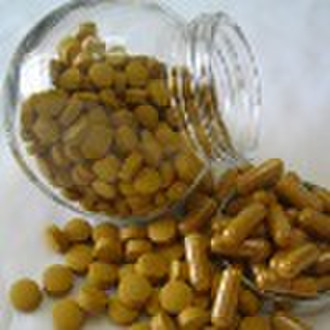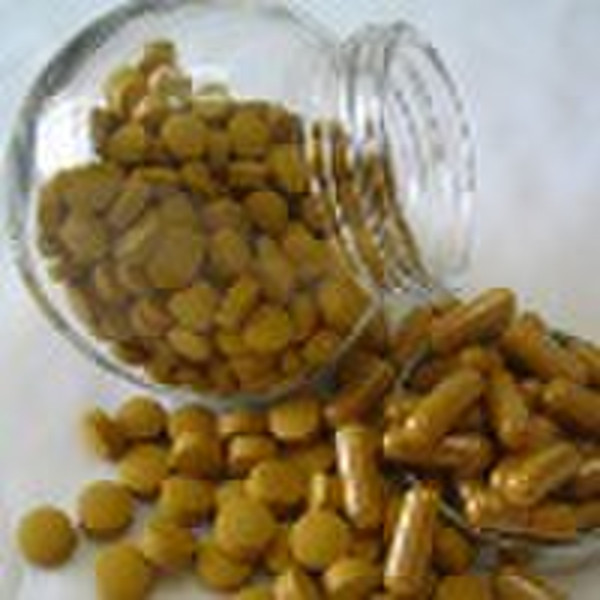Каталог
-
Каталог
- Автомобили и мотоциклы
- Безопасность и защита
- Бизнес
- Бытовая техника
- Бытовая электроника
- Детали машин и услуги по их изготовлению
- Дом и Сад
- Здоровье и медицина
- Игрушки и хобби
- Изделия из металла
- Измерительные и анализирующие приборы и инструменты
- Инструмент
- Красота и личная гигиена
- Мебель
- Мероприятия по охране окружающей среды
- Минералы и металлургия
- Модные аксессуары
- Обувь и аксессуары
- Одежда
- Освещение
- Подарки, сувениры
- Продовольственные товары и напитки
- Промышленное оборудование и техника
- Резина и пластмассы
- Сельское хозяйство
- Специальное оборудование
- Спорт, отдых и досуг
- Сток
- Строительство и недвижимость
- Текстиль и кожа
- Телекоммуникации
- Товары для офиса, учебы. Канцтовары
- Транспорт
- Упаковка и печать
- Химикаты
- Часы, Украшения, Очки
- Чемоданы, сумки
- Электронные компоненты, оборудование, принадлежности
- Электротехническое оборудование и принадлежности
- Энергия
Filters
Search
Пчелиная пыльца таблетки
ориг. цена: 25,00 USD
Ханчжоу, Китай
Объем производства:
1000000 Штука / Месяц

Jianguo Yang
Контактное лицо
Основные данные
Pollen is the male spore and provides all of the nutrients necessary for plant life as well as the precursors for plant sex hormones.Pollen is collected in the form of granular removed from the hind legs of returning bees. A great variety of pollen traps have been developed for this purpose. Most use two screens with 0.58mm diameter wires with 5 holes per 2.5cm that are separated by about 5mm. Other traps use perforated metal plates with about4.7mm holes.The design of a pollen trap is crucial both to the effectiveness of collecting pollen and to the welfare of the colony. Bee collected pollen is not a uniform, distinct and easily characterized product. It consists of a blend of pollen grains derived from many plant species in a given locality. The problem of chemical analysis of pollen becomes even more difficult because plant pollen sources not only vary by locations throughout the world, but also by season and year in a given locality. The multi-flower bee pollen granular commonly consists of different kinds of bee pollen such as rape, buckwheat, Indian corn, sunflower, tea pollen etc. Different pollen has different color, for example, the rape pollen is light yellow, the buckwheat pollen is brown, the tea pollen is orange, etc. The distribution of each kind in the multi-flower bee pollen is naturally formed and unstable. The nutritional makeup of Bee Pollen is extremely broad spectrum. The wide range of nutrients found in bee pollen include polyphenols, enzymes, and beneficial fatty acids, free amino acids, vitamin complexes, chelated minerals and trace elements, as well as a large array of phytonutrients that have yet to be identified. This nutritional diversity makes Bee Pollen an ideal dietary supplement as a complement and boost to a well-rounded diet. Features: 1) Cellwall broken bee pollen tablet: 250 or 500mg/tablet 2) Bee pollen capsule: 500mg/capsule 3) Cordyceps and bee pollen capsule: 500mg/capsule
Условия поставки и упаковка
Packaging Detail: 500mg/table,100tables/bottle, Delivery Detail: 2weeks
Порт: Shanghai
Условия оплаты
Аккредитив
Электронный перевод
-
Способы оплаты
Для оплаты товаров и услуг на нашем портале, Вы всегда получаете счет, в котором Вам необходимо самостоятельно указать свои данные.
Мы принимаем к оплате:









